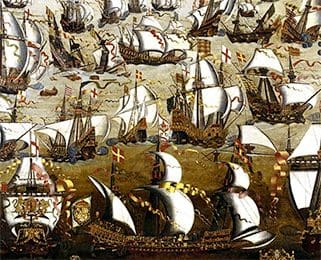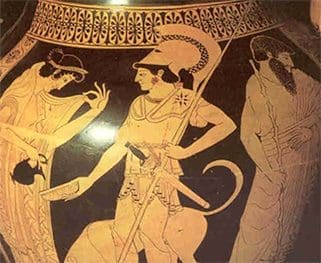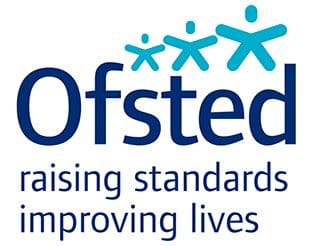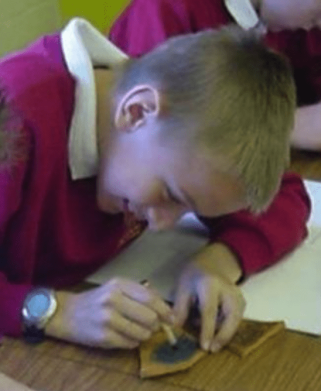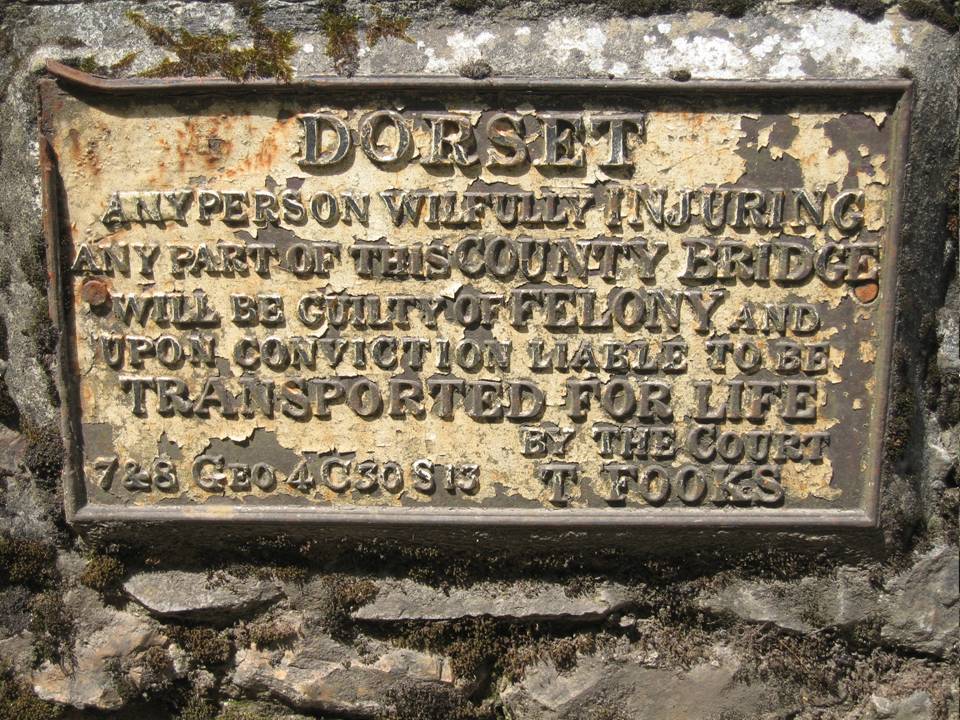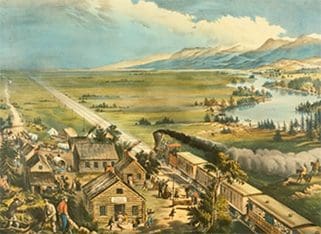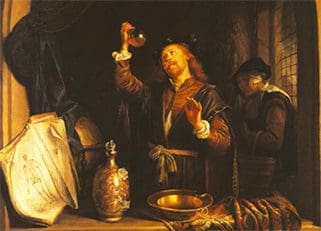Keystage history
Brief 10 question diagnostic assessment task for KS2 Ancient Egypt
Pupils have to answer 10 fairly open ended questions for which answers are provided reflecting the knowledge and understanding outlined…
Read MoreWhat history skills should we be developing?
It is often helpful have a short list of key historical skills which is neither too daunting nor too convoluted….
Read MoreSpanish Armada: 430th anniversary- great lessons to enjoy for KS2 and 3
Those of you teaching the Spanish Armada at KS2 or 3, will know that today is the 430th anniversary of…
Read MoreTeaching Stone Age to Iron Age at KS2 : Building your confidence
This excellent website offers you a very short, reliable summary of all the key points you need to teach to…
Read MoreTrump’s woeful ignorance of own country’s Cold War history
I know we shouldn’t be surprised when Trump commits another faux pas, but I can’t help admitting that my hackles…
Read MoreTeaching KS3 History: Significant world society/issue
Area 7 of the new National Curriculum for history makes it mandatory for schools to teach at least one study…
Read MoreWhy did President Truman drop the atomic bombs in August 1945? A study in interpretations SMART TASK KS3
This is a well-covered topic and most of you will already have your own favoured approach. For that reason I…
Read MoreFighting Fit. What did Florence do to improve the lives of the soldiers when she arrived in the Crimea?
In this lesson children compare the appalling conditions in the hospitals on Florence’s arrival at Scutari. With the help of…
Read MorePlanning for teaching Ancient Greece KS2
The main foci throughout this planner are: Ideas, Beliefs, Attitudes (especially the role of women); Way of life (contrasting Athens…
Read MoreUsing drama to teach the Gunpowder Plot at KS1: a big hat, a lantern and a sleeping guard
You may choose to use drama for any number of reasons. You might simply want to recap the story. Perhaps…
Read MoreIgnorant minister Nick Gibb says history teachers don’t use textbooks
Nick Gibb climbed on his hobby horse again this week and criticised teachers for not using textbooks more. The replacement…
Read MoreGreat new GCSE Crime and Punishment resource
Some of the world’s first police mugshots have been revealed showing criminals caught more than 150 years ago, including the…
Read MoreAncient Greece – KQ1 Part 1 – How can we possibly know so much about the Ancient Greeks who lived over 2,500 years ago?
Any study of ancient Greek society must begin with an appreciation of the physical features of Greece. Landform and climate…
Read MoreOnly 1 in 50 children can spot fake news-teach them history
According to a survey published today only 1 in 50 primary pupils have sharp enough critical skills to detect fake…
Read MoreAncient Greece – KQ1 Part 2 – Theseus and the Minotaur: Is there any evidence for the legend?
This KS2 smart task places pupils in the role of detectives trying to prove that the legend of Theseus and…
Read MoreAncient Greece – KQ1 Part 2 – Background information
This short article provides some background information to support your teaching of Key Question 1 Part 2. Set the lesson…
Read MoreAncient Greece – KQ2 Part 1 – What can we work out about everyday life in Ancient Athens?
There are three distinct parts to Key Question 2 but each centrally based around the need for pupils to use…
Read MoreAncient Greece – KQ2 Part 2 – Ancient Greek vases: the answer lies on the pot
This KS2 history lesson, in which the decoration of a Greek pot is slowly revealed, features two cracking activities designed…
Read MoreAncient Greece – KQ2 Part 3 – What was life like for women in Ancient Greece?
This simple lesson on life for women in Ancient Greece, based around a PowerPoint presentation, makes an excellent contribution to…
Read MoreAncient Greece – KQ3 Part 1 – Why was Athens able to be so strong in the 5th and 6th century BC?
As well as recapping Athens’ natural advantages (coastline to trade by sea, expand into colonies and capture slaves) and their…
Read MoreAncient Greece – KQ3 Part 2 – The Battle of Marathon. A history mystery
This lesson on the Battle of Marathon makes a major contribution to pupils’ thinking skills. They are presented with a…
Read MoreAncient Greece – KQ3 Part 3 – comparing six contrasting interpretations of the original Marathon run
Interesting session comparing six contrasting interpretations of the original Marathon run, followed by analysis of which to believe and understanding…
Read MoreAncient Greece – KQ3 Part 3 – Additional Information – 10 Things Your Pupils Need To Know About Pheidippides ’Marathon’ Run
1. Herodotus makes no mention of the run from Marathon to Athens The principal source for the battle of Marathon…
Read MoreAncient Greece – KQ3 Part 4 – Consequences of the battle of Marathon: Bells and whistles – Smart task
Really fun lesson called bells and whistles in which team have to make the appropriate sound depending on whether the…
Read MoreExcellent short video on Hardwick house for your enquiry on Tudor homes
Although designed for GCSE students i have watched the 3 minute video a number of times and its perfect for…
Read MoreAncient Greece – KQ4 Part 1 – role play on building the Parthenon
This full lesson is a role-play activity looking at Greek democracy in the context of the rebuilding of the Parthenon….
Read MoreWhen outstanding is not outstanding
Ofsted’s director of corporate strategy, Luke Tryl, said yesterday: “What we can’t tell is if the levels of education in…
Read MoreAt last OFSTED is seeing sense with its lesson observations
For 7 of the most miserable years of my professional life, I had to carry out OFSTED inspections. Not because…
Read MoreHow to get high quality written answers from your KS2 pupils
As we all know, developing pupils’ extended written answers requires structures preparation. Pupils need to develop their own thinking on…
Read MoreGove’s reply to my letter criticising his inane proposals for NC history,sent via my MP
You might be interested in Gove’s response to my criticism of the new NC proposals, sent via my local MP….
Read MoreGove’s attacks on ‘infantilised’ history teaching: sign of desperate man
Gove ridiculous lampooning of a couple of Russell Tarr and the Historical Associations’s suggested learning activities for history has all…
Read MoreTop Tips for teaching….Stone Age to Iron Age
Stone Age to Iron Age The British Isles has been populated by humans for 750.000 years but only became an…
Read MoreWhat have the Anglo-Saxons ever done for us? Some KS2 answers
If you asked Michael Wood what the Anglo-Saxons ever did for us he would give a very full and erudite…
Read MoreUsing data to improve history teaching and learning at Key Stage 1
Given that there is no subject-specific data on history at KS1 this might seem a strange inclusion on the site. …
Read MoreHistory teachers take lead in helping pupils spot fake news
Learning to identify fake news online requires a set of skills and knowledge that help you evaluate information. You also…
Read MoreFun anachronism-spotting activity set in 1796, for GCSE History of Medicine
Most anachronism activities used in schools are the rather naff ones put before Y7 pupils in an introduction to What…
Read MoreOutstanding new KS2 Tudor Britain planner now available
If any of you have been waiting for the new up-dated Tudor planner, you can now request it via email…
Read MoreTransportation; what questions can we raise and answer from the statistics?
This is the first of two lessons on transportation and owes its genesis to an idea from Richard McFahn when…
Read MoreSMART TASK: A history puzzle – Opening up of the Western frontier by the railroads. A history mystery
This history puzzle focuses on a well-known painting, Across the Continent, but one which is actually more puzzling than might at…
Read MoreSMART TASK: Why were mining towns such lawless places?
This is a very straightforward, yet highly effective task which asks students to distinguish between the generic and the specific,…
Read MoreThe likely impact of the Railroad: time for de Bono’s thinking hats and some creative products
Students are taken back to the year 1860 before there was a transcontinental railway. They are asked to speculate about…
Read MoreWas the life of a cowboy really so adventurous?
This lesson draws heavily on the ideas of Sarah Herrity, Advanced Skills Teacher, Wyvern Technology College, near Winchester. It moves…
Read MoreWho went west and why?
This lesson worked really well with lower attaining Y10 students who had already studied the Plains Indians and the contact between…
Read MoreTeaching GCSE History: Changing Warfare (Edexcel)
This SHP option, offered by Edexcel only, builds on the success of the A2 paper for which colleges such as…
Read MoreTeaching GCSE History: Media Through Time
Your best place to start is undoubtedly the AQA scheme of work which offers learning foci for each of the three strands….
Read MoreSMART TASK: History of medicine Renaissance physicians; Is the artist taking the piss?
In this short activity students are shown two contrasting images of a physician inspecting a patient’s urine. Students have to…
Read MoreSMART TASK: Medieval medicine. What can we work out from the picture?
A smart task based on an original idea from Lorna Hunter, of Swanmore Technology College. This deceptively simple example of…
Read MoreSMART TASK Revision: name your best squad
To help students remember who the key individuals were in the history of medicine, you might like to present them…
Read MoreSMART TASK: Why was there so much opposition to Jenner’s ideas on vaccination in the 19th century?
This is a short, fun SMART task. All the instructions are on the PowerPoint presentation. Start with slide 2 which…
Read MoreSMART TASK Key Stage 4: GCSE SHP Medicine: 18th century surgery
This quick activity asks students to explore the detail in Rowlandson’s cartoon called ‘Amputation’. They score one mark for each…
Read More


